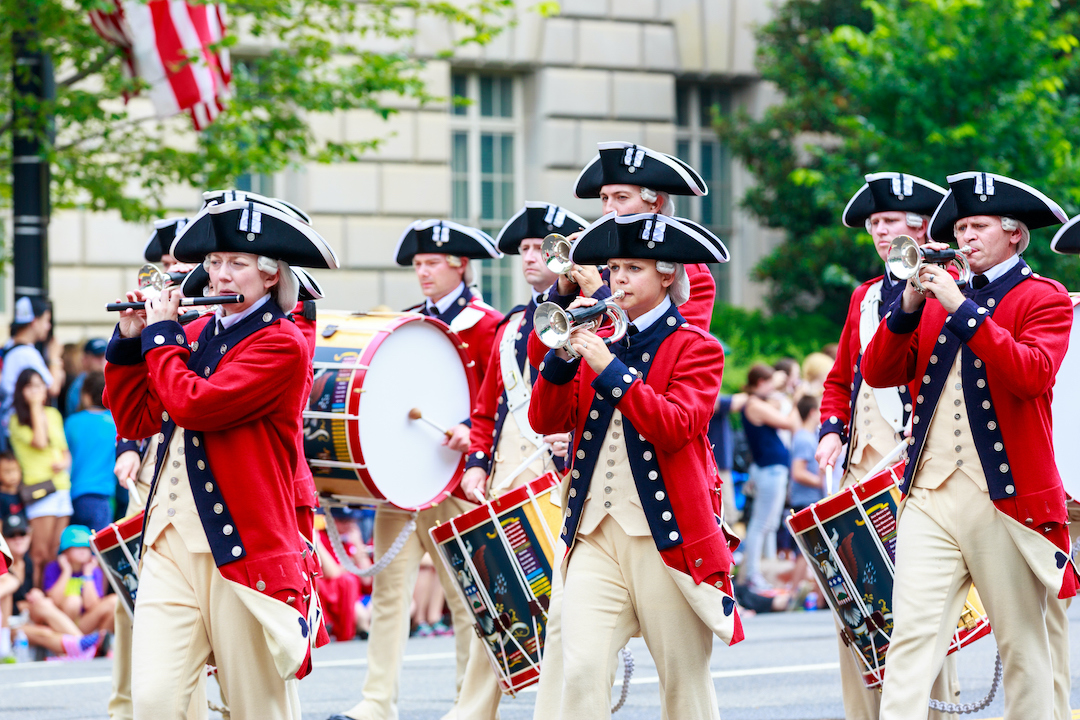
Every year on July 4th, the United States bursts into a dazzling display of patriotism. Flags wave, fireworks light the night sky, and communities across the country come together to celebrate Independence Day—a day that honors not just the birth of a nation, but also the enduring values of freedom, unity, and hope. But how did this cherished holiday begin, and how has it evolved into one of the most culturally significant days in American life?
The Birth of a Nation
The roots of Independence Day trace back to the year 1776, when the thirteen American colonies, frustrated with British rule, sought self-governance. On July 4, 1776, the Second Continental Congress officially adopted the Declaration of Independence, a bold document primarily authored by Thomas Jefferson. In it, the colonies declared their separation from Great Britain and asserted their right to life, liberty, and the pursuit of happiness.
Though the Revolutionary War continued until 1783, July 4th became the symbolic birth date of the United States. Early celebrations included public readings of the Declaration, bell ringing, parades, and bonfires—many of which remain traditions today.
How Americans Celebrate Today
1. Social Gatherings and Community Spirit
Independence Day is a time for families, friends, and neighbors to gather in celebration. Across the country, people attend:
- Backyard barbecues and picnics featuring classic American dishes like hot dogs, hamburgers, corn on the cob, and apple pie.
- Parades with marching bands, veterans, civic groups, and colorful floats waving flags through small towns and big cities alike.
- Firework shows, often synchronized with patriotic music, light up the sky at night, symbolizing the “rockets’ red glare” from the national anthem.
In many communities, local parks and town squares host concerts, games, and family-friendly events, creating a festive atmosphere that brings people together regardless of background or beliefs.
2. Cultural Significance
Beyond the celebrations, July 4th is a powerful reminder of American ideals. It prompts reflection on the nation’s founding principles—freedom, democracy, equality—and how far the country has come since 1776.
Many museums, historical sites, and educational institutions offer exhibits, reenactments, and discussions about American history, the Revolutionary War, and the lives of the Founding Fathers.
In multicultural America, communities also use this day to express diverse forms of patriotism—blending traditional celebrations with music, food, and customs from their heritage, honoring what it means to be American in a broader sense.
3. A Spiritual Reflection on Freedom
While Independence Day is largely secular, many Americans choose to honor it through spiritual gatherings. Churches and religious communities often hold interfaith prayer services, Masses, or ceremonies of thanksgiving that reflect on the blessings of freedom and the responsibilities of citizenship.
Some sermons center around themes of liberty, justice, and moral duty, drawing parallels between biblical stories of liberation and the American struggle for independence. These spiritual reflections provide a solemn counterpart to the otherwise festive day, reminding participants that freedom is a gift that must be guarded and upheld.
A Day for All Americans
More than just a federal holiday, Independence Day has become a national ritual, one that celebrates not only history but also shared values and aspirations. Whether waving flags on parade routes, lighting sparklers at night, or bowing heads in prayer, Americans mark July 4th as a time to celebrate the past, reflect on the present, and look toward a more perfect union.
-Lê Nguyễn Thanh Phương-
Further Reading:
- Library of Congress: The Declaration of Independence
- National Archives: Charters of Freedom
- Smithsonian Magazine: Why We Celebrate July 4 With Fireworks
